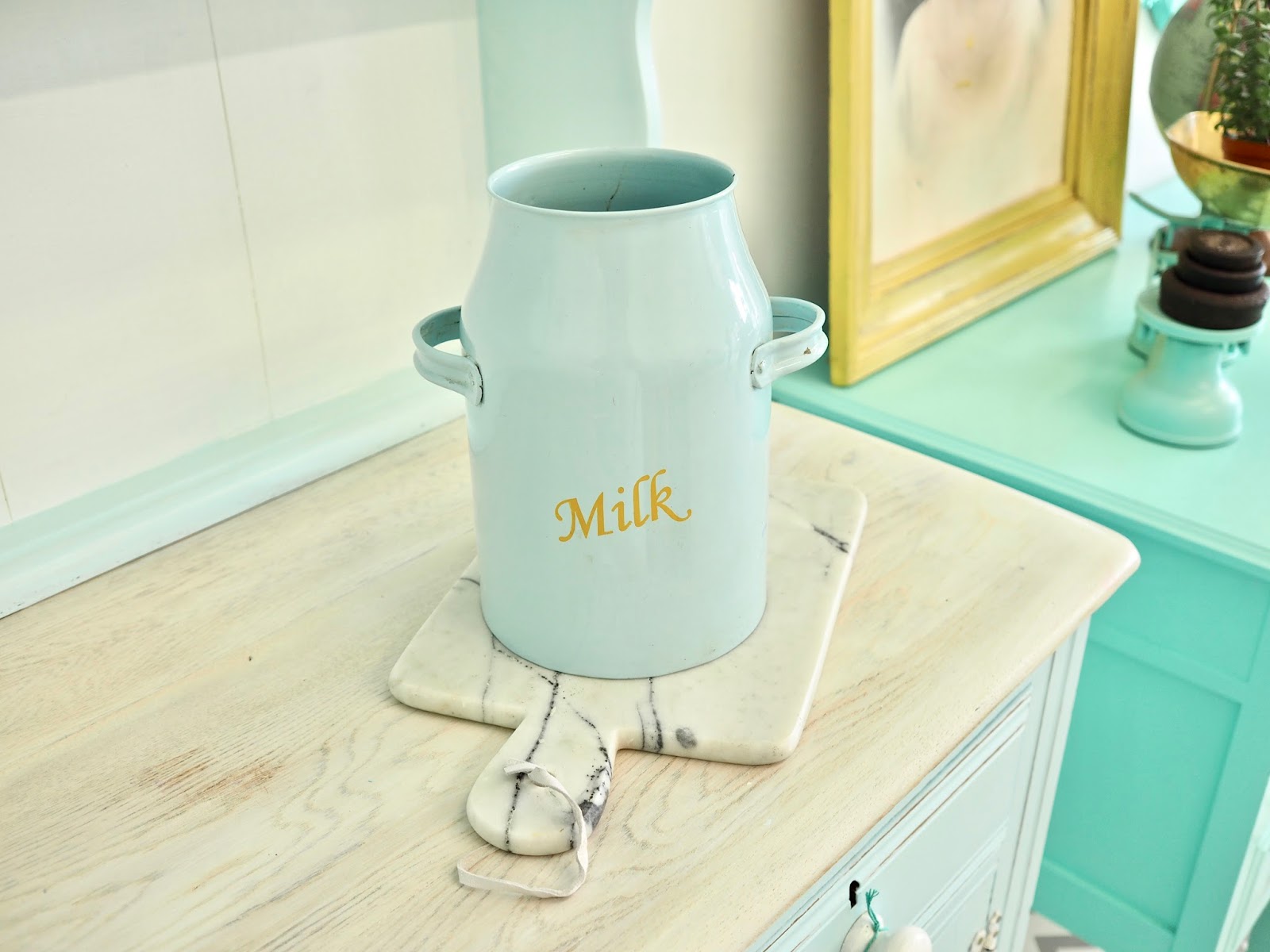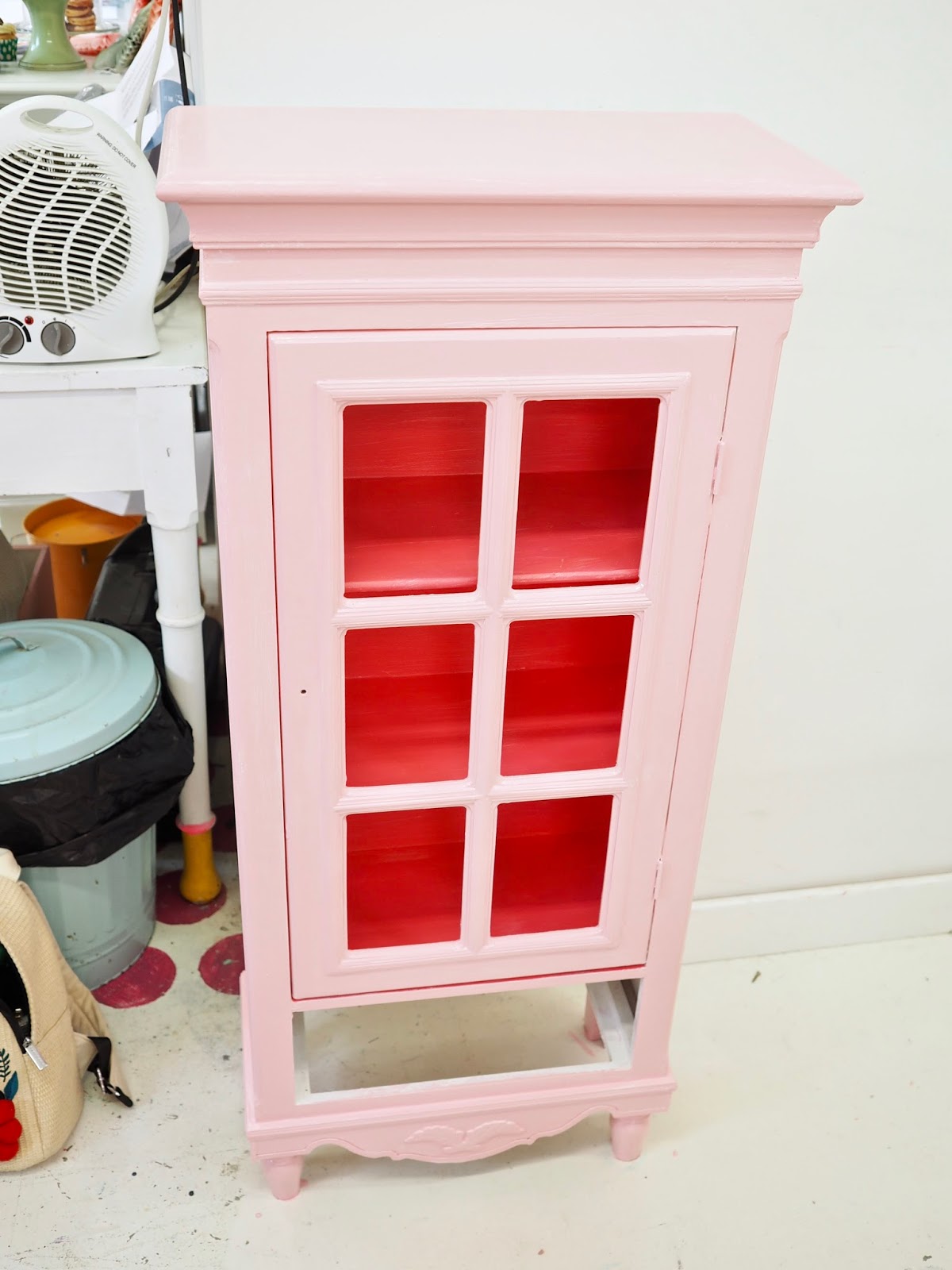Advanced technique workshop with Joanne Condon
On Sunday, Joanne Condon invited me down to her studio in Clonmel to attend a one-day advanced furniture painting workshop. I have been a big fan of Joanne and her work for a long time and she was one of the first DIY people I followed on Instagram.
I love her use of colour and her eye for detail. I would call her a furniture artist as what she does is art. I tend to be quite neutral when it comes to the pieces I have painted for my home but at the workshop, I was braver and experimented with a pop of colour.
For anybody travelling down for the workshop, it took me two hours from Dublin and it was really easy to find. It is in South Tipperary so it does take that extra bit of time if you are travelling from Dublin but definitely worth it.


The workshop was 10 am until 5 pm which is a great length of time. In the past, I have been to paint workshops that were only 4-5 hours long and they felt rushed.
This workshop didn’t feel like that at all and best of all there were no hair dryers to dry our paint because we had enough time to let our pieces dry naturally.
Whilst our pieces of furniture were drying Joanne Condon gave us demo’s on different techniques. She also shared her knowledge and experience of all of the different types of paints she has used over the years.

Satinwood vs Chalk paint
Before chalk paint exploded onto the market everyone would have used Satinwood and Eggshell paints on wood and metal. Joanne Condon uses Satinwood paints on all her pieces.
After trialling different chalk paints she finds satinwood more durable and sustainable over time and I would have to agree with her. I do love chalk paint, however, I have noticed it is not as durable over time and I keep it for small pieces like mirrors/jars and the odd chair.
When it came to painting my kitchen cabinets and front door I went with eggshell paint. With chalk paint I have had to redo and go over some past projects from 2-3 years ago that didn’t last long under daily use, However, my kitchen cabinets and pieces I painted with the eggshell are still durable with no chipping.
There are tonnes of paint brands that sell a satinwood in their ranges. Joanne is a huge fan of Colortrend paints, she also loves Farrow and Ball and Little green too, but for value for money, she loves the Colour Trend range of paints. At the workshop, I used the colour trend satinwood on my piece.
There are pro’s and con’s to each paint, from my experience if you are painting something big like a kitchen, fireplace, furniture in high traffic areas like your kitchen table etc then go for satinwood or eggshell.
For smaller projects or pieces that you want to achieve that aged shabby chic and antiqued look then go for chalk paint. Money wise depending on the brand of paint there is not much price difference between chalk paint and satinwood.
With chalk paint, you can easily get a distressed shabby look and there and brands of chalk paint that have ranges of products to achieve crackle effect and different decorative effects.

Priming and undercoat
The perks of chalk paint are that it is advertised as being quick and no need to prime. This is something I learned the hard way and I get annoyed when I see paint brands say “no need to sand or prep”! In my experience with painting furniture, you need to prep. I have had issues with stains bleeding through my finished piece, chipping and discolouration due to poor prep, all because it was advertised as no prep.
For longevity of your painted piece of furniture my advice is always to prep and here are the steps.
Clean – Paint will not stick to dirt so remove years of dirt and grime with sugar soap. For stubborn stains, Krud Cutter is amazing but more expensive. Sugar soap can be bought in deals for €1.49.
Sand – You only need to lightly scuff the piece when sanding, you do not need to sand it back bare. run the paper over the wood in the direction of the grain of the wood. Sanding the piece gives the paint something to stick to and therefore reducing the likelihood of chipping.
Prime and undercoat – If your piece is knotty pine or dark mahogany then you need to stop the oils from bleeding. You can put primer on the dark circles of wood. Then when using the satinwood you need an undercoat. Apply one coat of undercoat to your piece.
Paint – With Satinwood you do not need to apply a wax or varnish to your piece the way you would with chalk paint. So you save some time versus using chalk paint. Satinwood dries smooth and wipeable. I painted two coats of paint to my project and I found the coverage really good. Follow the instructions on the tin for drying time. My piece dried quick enough and I was able to take my project home the same day.
*I recommend following the three steps above if you are using a chalk paint also. Even if the seller and brand advertise it as no prep. I have used many brands of chalk paint and from experience, I would always prep.


Painting Techniques With Joanne Condon
I admired Joanne Condon’s free hand-painted flowers on her pieces and wanted her to teach me how to paint flowers. Joanne gave us a demo and I had a little practice on a sheet of paper before taking the plunge and painting them onto my piece.
Joanne is really encouraging and just told me to not overthink it and just paint the flowers and use a picture for inspiration. I found this to be so relaxing and therapeutic, I think I spent a good hour just painting flowers onto my piece.
We also got demo’s on how to whitewash, stencils, brush technique and more knowledgeable things like how to remove paint from old pieces etc.




I loved seeing what all of the other ladies painted in the workshop. There was such a lovely group of women in the class with tonnes of cakes, tea, doughnuts and chats over lunch. I’m always trying to learn something new and love going to a good workshop.
Of all the workshops I have gone to, this was my fave and I gained the most knowledge. If you are a beginner and want to get started then this is perfect for you! Joanne also will send you home with a booklet for you to reference back to when doing your projects at home.
I left the day feeling really inspired and had learnt more skills. As the phrase says “ every day is a school day”. You should never stop learning on your creative journey.

Thanks so much for reading and I put together a Youtube video of the day if you want to check that out also. Don’t forget to subscribe too if you enjoyed it. Chat soon, Catherine.
Click here to visit Joanne’s new website!


Hi Catherine,I love your blog posts. Quick question for you. Does chalk paint have the same type of fumes as regular house paint? I may have to paint a piece indoors and I have a cat. I was wondering if it's safe. Last time I painted a piece indoors I had to open the windows and turn on fans to chase the smell out. Thanks!
Hi Kelly! Thanks so much for reading. No, chalk paint has no smell at all. I use it in doors all of the time. The primer can have a smell but not as bad as oil based paints. I suffer with migraines and it doesn't trigger x
As someone who is about to begin painting/upchlcing furniture this is an amazing post, thankyou so much!! Quick question.. if I was wanting to paint a chat of drawers that was an MDF/ply wood type material what steps would I need to take? Or is it even possible to paint this type of furniture??Sorry for the questions And thankyou again for this amazing post!!